Every gardener worth their salt usually has a large variety of plants inhabiting their garden. By using a wide variety of gardening techniques such as companion planting and soil pH level controls gardeners try to get the best results every time they plant a crop.
However, there are some plants out there that end up being quite harmful for your garden in the sense that they tend to invade the soil with either their roots, branches or by multiplying in high enough quantities so that your other plants might not have enough space to properly develop their roots network.
Note:
Some of these plants might not have an adverse effect on your garden but may end up hurting you or your pet, if you have one since some of them are toxic and some might attract insects that may carry diseases. That is also one more thing you need to keep in mind. Here are some of the most invasive and harmful species of plants that you do not want in your garden.
Mint
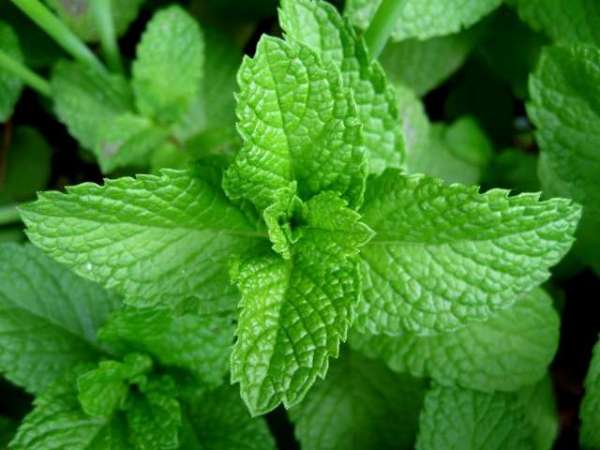
Upon seeing mint on this list you might be shocked that it has a place on this list since it is an everyday used herb but believe me it actually has highly invasive roots. Even though it is used in foods and drinks everyday all across the world, it is actually harmful if you plant it in your vegetable garden.
Note:
Its roots tend to spread throughout the garden similar to how weeds spread. If you still want to have mints available to you as an option in the garden, the best course of action is to grow them in small containers so that even if they take over the whole soil, it will be harmless.
If you’re looking for fresh herbs within your reach, available to create and garnish your dishes with this easy to use organic herb starter kit. Check out .
Wisteria
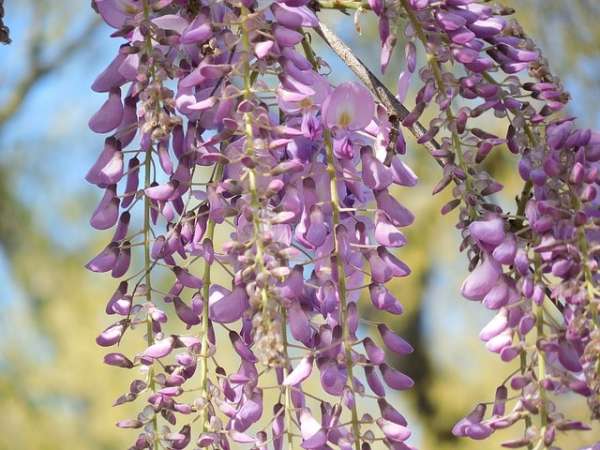
Its roots can pop up much farther away from the main body then people expect and it ends up covering everything in its way thus hindering the growth and harming the health of the plants it ends up swallowing. It can live up to a 100 years so it’s not going away anytime soon and if still you are determined to have wisteria in your garden then you should know that it requires extreme pruning every year.
This natural-looking, full and soft petals, is a must have during weddings and special events.
Composting is a great and economical way to take care of your garden. To know more tips and ideas about Composting, check out our blog 7 Easy Composting Methods for Lazy Gardeners.
Belladonna
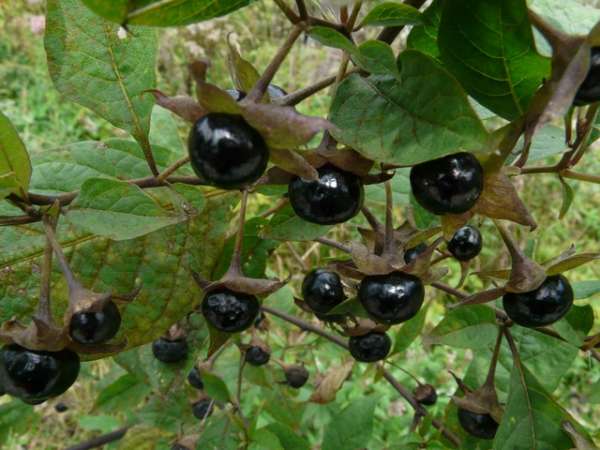
Belladonna, also known as the deadly nightshade which should alert you to the fact that maybe it might not be safe for you. In reality the belladonna is an extremely toxic plant that has serious effects on your body but still some people plant them in their garden due to its visual beauty given to it by its leaves and the black berries it produces.
Note:
Don’t be fooled though since ingesting it can lead to fever, increased heart rate, blurred vision, hallucinations, convulsions and in extremely serious cases, it can put you in a coma. It’s best that you do not risk your health in such a way just to add some beauty to the garden.
If you’re looking for viable seeds only an was d check germination and checked on a regular basis, please check .
Are you a self starter and wanted to know more about growing your own vegetable garden, check out our blog on Growing Guides for helpful tips and ideas.
Bamboo
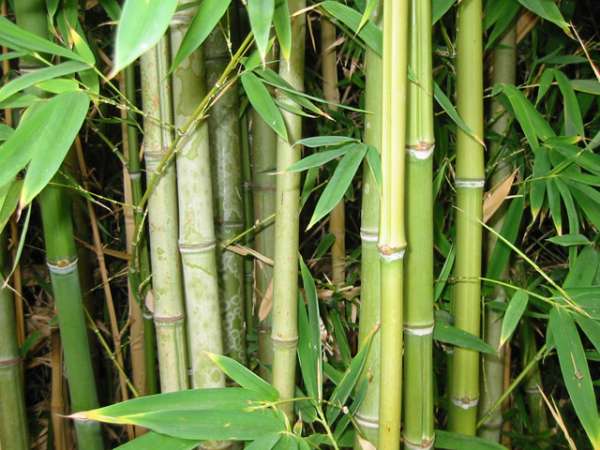
As you know bamboo has its own certain charm when planted in your garden especially if you are going for a Japanese garden style look, but don’t be fooled by the bamboos beauty. It is easily one of the most invasive species of plants out there. The hardness of the bamboo and its ability to rapidly multiply can cause great problems.
Note:
Small seeds can grow up to be large clumps of densely packed hard wood that takes a lot of effort to get rid of, and it usually spreads over a large space, so it might actually end up growing in your neighbor’s garden as well. If you still wish to have them in your garden, then make sure that the small clump that you do have is isolated from the rest of the soil in or around your garden. Try using large landscaping planters.
A well-known plant for bringing good fortune in feng shui in Chinese Culture. A good addition as a décor in your home, believed to extract a positive energy into your home or office. Check it out .
Japanese Barberry
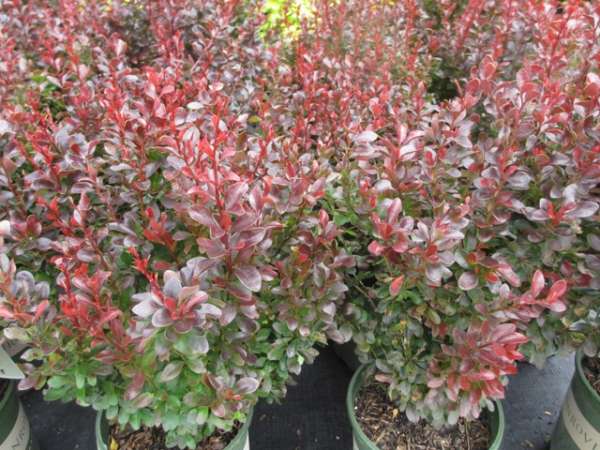
The Japanese Barberry is quite popular due to a variety of features such as having a resistance to drought and shade, and let’s not forget the beauty of the plant itself. Sprouting dark leaves that add a certain attractiveness to the garden.
The plant itself is harmful since its invasive, and has sharp barbs which make it quite painful to manage. It also attracts the black-legged ticks which are known to carry Lyme disease. Therefore, you should probably not plant the Japanese barberry, especially if you have small children in the house.
Note:
Well, there you have it. These are some of the plant species that you might want to grow elsewhere if you prefer the rest of your plants/crops to remain healthy. For the sake of your own health and the health of those around you, it is best to not have these species in your garden, some more then others.
The problem with these types of invasive plants is that they can’t ruin JUST your garden, but they can also make their way to your neighbors, as well hence, why all factors need to be considered.
Tip:
Try to take precautions or find a different way to grow them if you are determined to have them in your garden. You should be very careful in where and how you plant them whilst keeping their harmful effects in mind, especially in cases where they can possibly affect your health.
PS:
Do you know that there are insects that could make your garden grow for a bountiful harvest? Check our our blog post Beneficial Insects for the garden for more helpful tips.
- Everything You Wanted to Know About Red Tamarillos - June 2, 2025
- A Guide to Tulips: Everything You Need to Know & More… - June 2, 2025
- Guanabana: Description, Flavor, Benefits, And Uses - May 27, 2025
Last update on 2025-07-09 / Affiliate links / Product Images from Amazon Product Advertising API

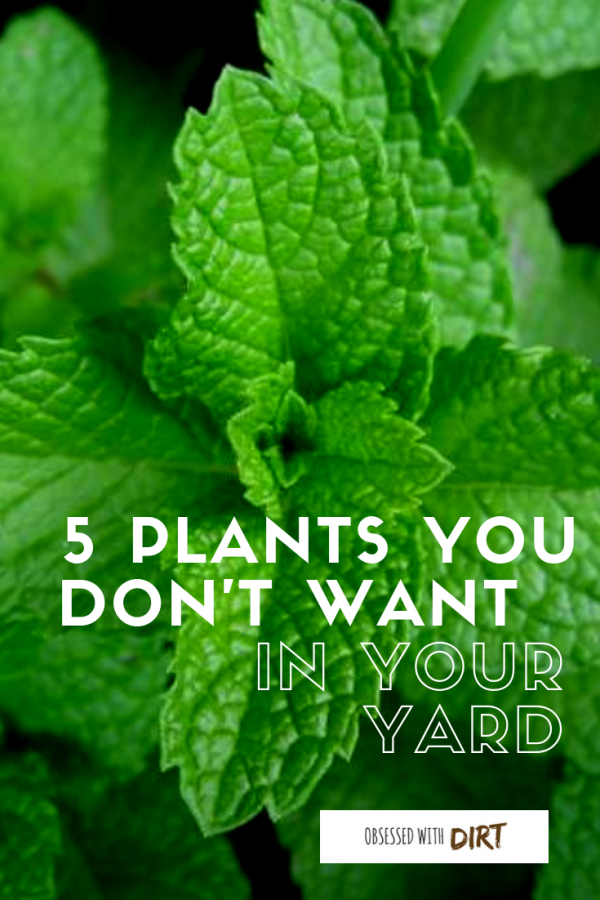
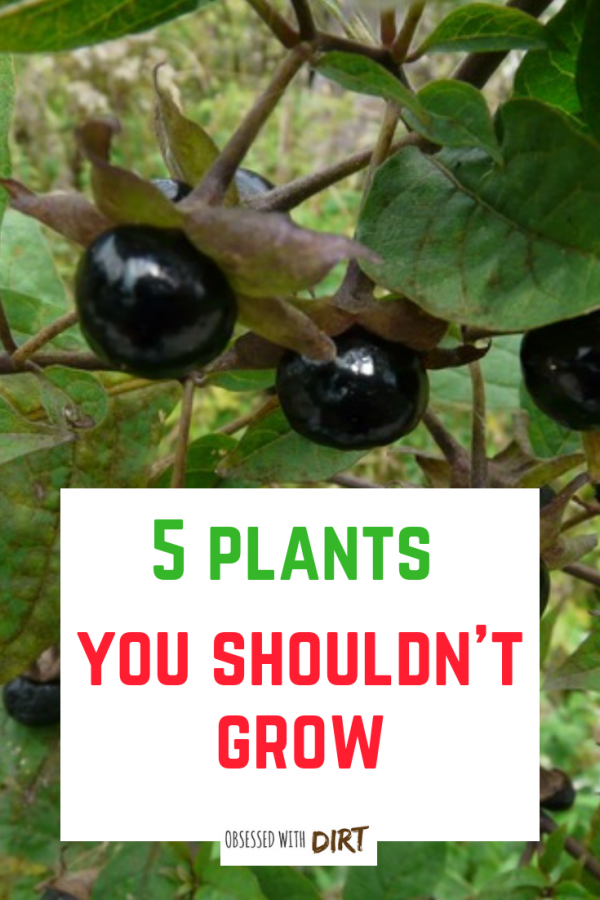
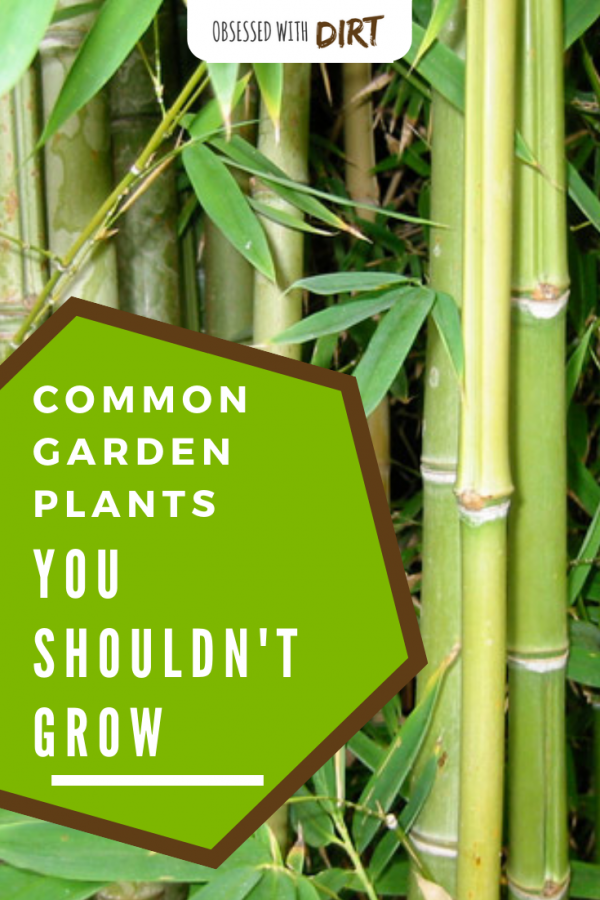
you also don’t want esperanza for the same reason you don’t want wisteria, even though the bumblebees love the flowers, they are managing well with the african blue basil
you also don’t want mexican sunflower for the same reason you don’t want bamboo
what i have planted that has a huge payoff with the butterflies and bees:
african blue basil, sweet almond, bee balm, horse weed, and porter weed. the porter weed is spreading, but i want that, and it spreads slowly. same as bee balm. the horseweed hasn’t spread at all. the bee balm is spreading, but i also want that
as far as the mint is concerned, i disagree. i am replacing the lawn in my yard with mint. it is extremely easy to rake out of a cultivated yard
i would say nutsedge, quackgrass, crabgrass, and torpedo grass orders of magnitude more harmful than mint
i also recommend the article in the farmer’s almanac where they discuss ways to deal with the weeds, for example, never let your weeds go to seed